Big data is an essential part of the technology these days because it can help you to manage a large amount of data conveniently. As the more significant amount of big data needs appropriate handling, today's market is flooded with an array of Big Data tools. They bring cost efficiency, more proper time management into the data analytical tasks. It is essential to have the best tools to manage the data, so let's discuss the top 10 big data tools in brief.
Best Big Data Tools
Here we are listing all the best big data tools with their features and pros and cons.
1. Hadoop

This big data tool has a library for a big data structure that provides convenience for the distributed processing of large data sets across clusters of computers. Most importantly, it supports the POSIX-style file system extended attributes. It offers you a software framework for improving the distributed storage and processing of big data through the MapReduce programming model.
Features of Hadoop
- Authentication improvements when using HTTP proxy server
- Specification for Hadoop compatible file system effort
- It offers a healthy ecosystem that is well suited to meet the analytical needs of the developer
- It brings flexibility in the data processing
- It allows for faster data processing
- Pros and cons of Hadoop:
Pros
- Various data sources
- Cost-effective
- Highly available
- Low network traffic
Cons
- The issue with small files
- Processing overhead
- Iterative processing
- Issues in the security
2. HPCC
https://www.youtube.com/watch?v=FDuCuDRy1wU
LexisNexis Risk Solution developed this big data tool that provides a single platform, a unique architecture, and only a programming language for data processing. This platform also involves a data-centric declarative programming language for parallel data processing, which is called ECL.
Features of HPCC
- Very effective in performing big data tasks with a very shortcode.
- It provides high redundancy and availability
- Graphical IDE for simplifies development, testing and debugging
- It automatically optimizes the system for parallel processing
Pros
- High Performance
- It is Fault-Tolerant
- Amazing and Scalable
- Highly compatible
Cons
- Less secured
- Vulnerable in nature
3. Storm
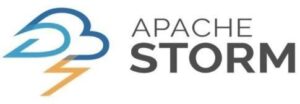
This big data tool is a free and open-source big data computation system that provides distributed real-time, fault-tolerant processing systems with real-time computation capabilities. Storm confirms that every unit of data will be processed for at least one time. Nathan Marz created it with the team at BackType, and the project became open sourced after being obtained by Twitter.
Features of the storm
- It uses parallel calculations that run across a cluster of machines
- It can automatically restart the system in case a node dies
- Storm guarantees that each unit of data will be processed at least once or correctly once
- Once the deployed storm is undoubtedly the most accessible tool for big data analysis
Pros
- Flexible and easy setup
- It provides event Processing
- It offers real-time results
- Automatic expert system
Cons
- It delivers unpredictable performance sometimes.
- Issues regarding the costing.
4. Qubole
https://www.youtube.com/watch?v=KgkRUQuq7QA
This tool is a Self-governing Big data administration platform that means it can automatically control and optimize itself. It helps a data scientist team to focus on business outcomes. The endpoint for the data was between Amazon services like RDS and S3. However, the initial goal of this tool was to handle various clouds, as some parts of the company were utilizing Google's BigQuery.
Features of Qubole
- Single platform for every use case
- Open-source Engines, optimized for the Cloud
- Comprehensive Security, Compliance, and Governance.
- Automatically establishes policies to bypass performing constant standard actions.
Pros
- It provides a one-stop-shop for each data browsing and querying requirements.
- Auto-terminating clusters auto-scaling groups that allow price profits for idle resources.
- Qubole delivers well into the open-source data science market by providing a wide range of tools that are not attached to a distinct cloud vendor.
Cons
- It requires ETL tools provided other than DistCP that allow one to transfer data between Hadoop File systems.
- It requires the ability to debug and share code/queries among users of different clusters.
5. Cassandra

This big data tool is hugely used today because it offers effective management of high amounts of data. This tool can distribute your data across multiple machines in an application-transparent manner, and it can do repartition as devices are added and removed from the cluster automatically. The Cassandra Query Language (CQL) is a close relative of SQL.
Features of Cassandra
- It has support for replicating across multiple data centres by offering lower latency for users
- Data is automatically replicated to multiple nodes for fault-tolerance
- Cassandra provides support contracts and services are available from third parties
Pros
- Tunable Consistency
- It is based on JVM
- The tool has CQL (Contextual Query Language)
- It offers Multi-DC Replication
Cons
- No Ad-Hoc Queries
- Unpredictable Performance
6. Statwing

It is a great big data tool that is statistically easy to use, and it is built for any big data analytics. The modern interface is impressive and can choose statistical tests automatically. It works best with a recent browser, so always remember to work on a modern browser. A data analyst team has built this tool to clean data, create charts, and explore relationships in a more relaxed manner.
Features of Statwing
- It can search for any data in seconds
- Statwing helps to explore relationships, clean data, and design charts in minutes
- It supports creating heatmaps, bar charts, and histograms, scatterplots that export to PowerPoint or Excel.
- It also decodes results in simple English format that can help analysts unfamiliar with statistical analysis.
Pros
- Ease of use.
- Fast and immediate results.
Cons
- It is not a free tool
- Sometimes it shows glitches on other platforms- cell phones, etc.
7. CouchDB

CouchDB is a fantastic tool that saves the data in JSON documents so that you can access the web or using JavaScript. It provides distributed scaling with fault-tolerant storage, and it also allows access in data by determining the Couch Replication Protocol. It gives a developer-friendly query language, and optionally MapReduce for best results.
Features of CouchDB
- It is a single-node database which can work like any other database
- It provides the facility to run a single logical database server on any number of servers
- It makes use of the ubiquitous HTTP protocol
- Easy replication of a database across multiple server instances
- Easy interface for document insertion, retrieval updates, and deletion
Pros
- You can store serialized objects as unstructured data in JSON formatted
- You can get flexibility through RESTful HTTP API
- Scalable distributed high availability solution with replication capability for redundant data storage.
Cons
- NoSQL DB grows problematic for seasoned RDBMS users.
- The map-reduce model can be so difficult for first-time users.
- JSON format documents with Key-Value pairs are repetitive and use more storage.
8. Pentaho

This tool offers you the best big data tool for extracting, preparing and combining data. It provides analytics and visualization that change perspectives to run a business successfully. This big data tool also moulds big data into significant insights. It is a business intelligence software that offers data integration, reporting, load capabilities, information dashboards, OLAP services, data mining, extract, and transform.
Features of Pentaho
- Adequate data access and integration for data visualization.
- It provides facilities to the user to architect big data at the source
- It can switch or combine data processing
- It allows checking data with simple access to analytics.
Pros
- Data migration and data manipulation
- Amazing designing ETL processes
- This big data tool is excellent for transporting XML and JSON-based data.
Cons
- This tool shows error in the Pentaho ETL tool is not clear enough
- Scheduling ETL packages by the windows task scheduler does things pretty tricky.
- Database connection information is timed out after a certain period.
9. Flink
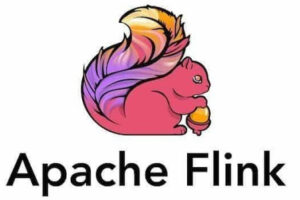
It is an open-source stream processing big data tool, and it is distributed, high-performing, always-available, and detailed data streaming applications. You can easily write Analytical applications in concise and elegant APIs in Scala and Java and Scala. It gives arbitrary dataflow programs in a pipeline or data-parallel manner.
Features of Flink
- It is consist of incredible good throughput and latency characteristics
- You can use this tool at a large scale and run it on thousands of nodes.
- It supports stream processing
- This tool can recover from failures
Pros
- Real-time analysis
- High availability mode
- Low Latency
- High performance
- Supports various languages
Cons
- Cost issues
- It requires a lot of RAM use
10. Cloudera
https://www.youtube.com/watch?v=HK1mD8owHLE
This tool is the easiest, fastest, and highly secured big data platform that allows any user to get any data across any environment within the single or scalable platform. Cloudera is a data management and analytics solution that can quickly help you in tackling the significant challenges in the business regarding data.
Features of Cloudera
- High-performance analytics
- It provides provision for multi-cloud
- Spin up and terminate clusters.
- Reporting and self-servicing business intelligence
Pros
- It is based on Hadoop
- Leverage data
- It offers valuable insights
- Amazing platform support
Cons
- It needs flexible pricing.
- It also requires the integration of Oozie or Impala.
Conclusion
As you know that big data is an essential part of modern technology, so you need terrific tools to handle big data in an appropriate manner. Hence this article helps you to gain knowledge regarding the big data tools so that you can use them for the best possible outcomes.
People are also reading:
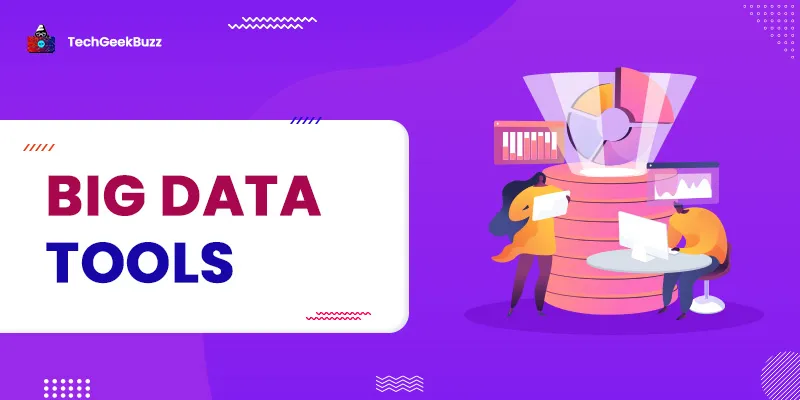


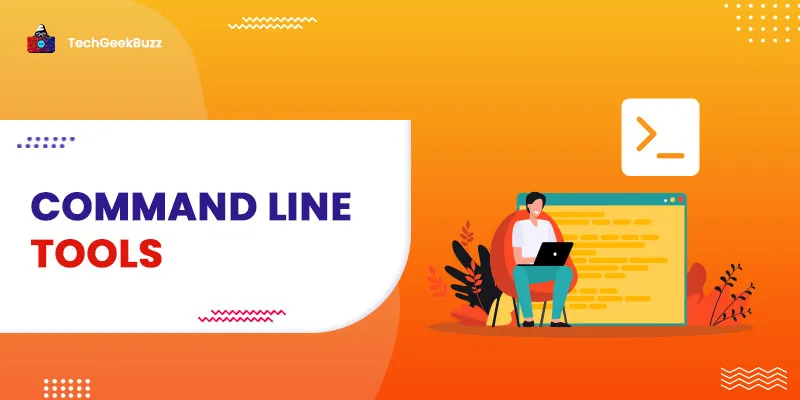
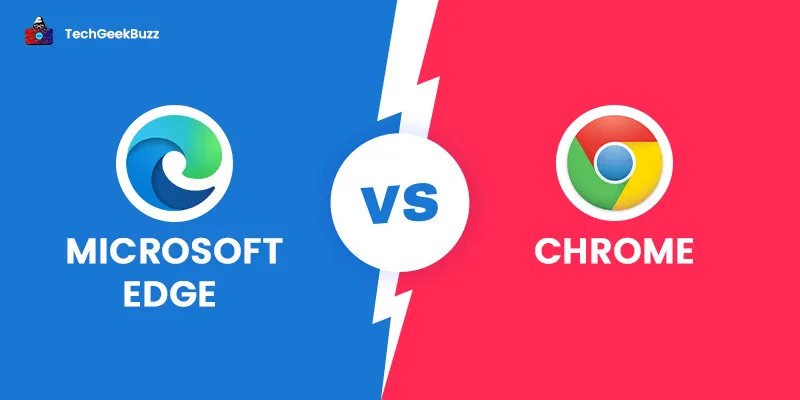
Leave a Comment on this Post